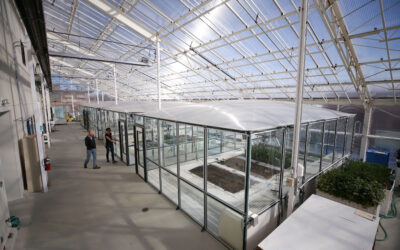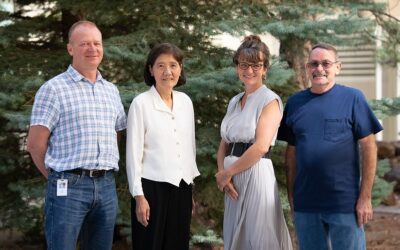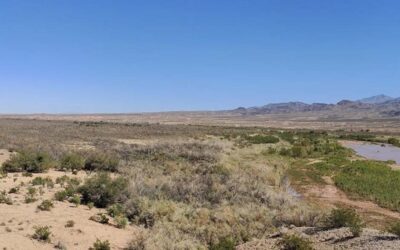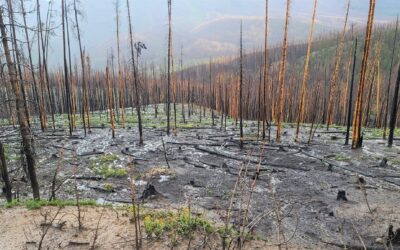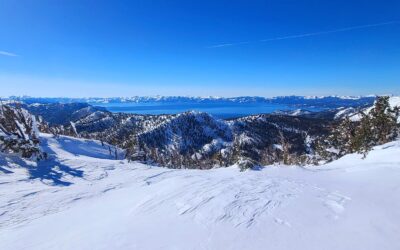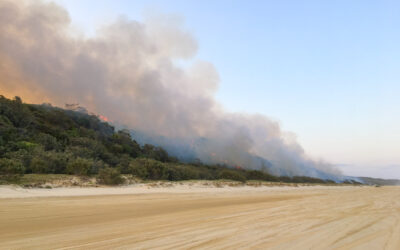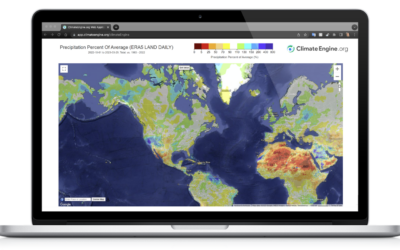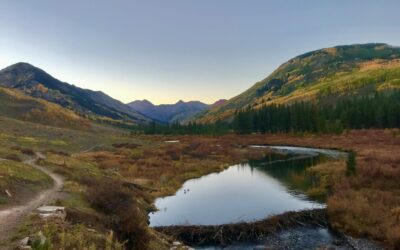With support from the Nevada Governor’s Office of Economic Development, TuBiomics has emerged as a leader in developing plant and soil health products using sustainable, natural, chemistry-based solutions.
DRI Scientists Launch Nevada Orchid Project
DRI scientists are starting the first ever effort dedicated to studying and conserving Nevada’s orchids. Many people know orchids as flashy, delicate flowers raised in lush greenhouses, but orchids also thrive in the sparse wetlands sprinkled around Nevada’s arid landscape. In fact, lovers of the state’s orchids like to tout one impressive statistic: Nevada has no less than 14 species of native orchids, in contrast with Hawaii’s mere three.
New World Luminescence Dating Workshop 2024
We are excited to host the New World Luminescence Dating Workshop (NWLDW) June 11-14, 2024 at the Desert Research Institute (DRI) in Reno, NV! Luminescence dating includes a group of established and rapidly emerging trapped charge dating techniques that are routinely...
Annual Awards Presented to DRI Faculty and Staff at 2023 Celebration of Science
On September 26 & 28, DRI held awards and recognition ceremonies at our Reno and Las Vegas campuses to honor eleven scientists and staff members for their achievements. Along with the below awardees, several faculty and staff were recognized for their long-term service to DRI for up to 25 years.
Cracking the Mysterious Case of Dying Desert Forests
DRI researchers are trying to solve the mystery of mass die-offs of screwbean mesquite trees, a critical part of their desert ecosystem.
Looking for Answers in a Warming World
DRI researchers are examining the potential for climate intervention techniques to help cool communities – and the planet
California Snowlines On Track To Be 1,600 Feet Higher by Century’s End
DRI contributes to research that predicts a major decline in California’s snowpack by the end of the 21st century.
Scientists Discover Fire Records Embedded Within Sand Dunes
A new study shows that sand dunes can serve as repositories of fire history and aid in expanding scientific understanding of fire regimes around the world.
DRI Aims to Increase Scientific Access to Earth Monitoring Data With Re-Launch of ClimateEngine.org
ClimateEngine.org allows researchers and natural resource managers to easily analyze and visualize complex satellite and climate data, helping users understand change
in Earth’s landscapes over time
Climate Change is Already Impacting Stream Flows Across the U.S.
DRI researchers examined more than 500 watersheds across the country and found that increased winter temperatures are driving more extreme fluctuations in streamflow.
